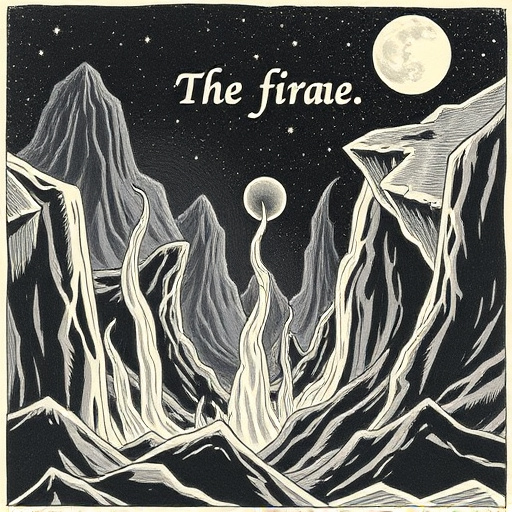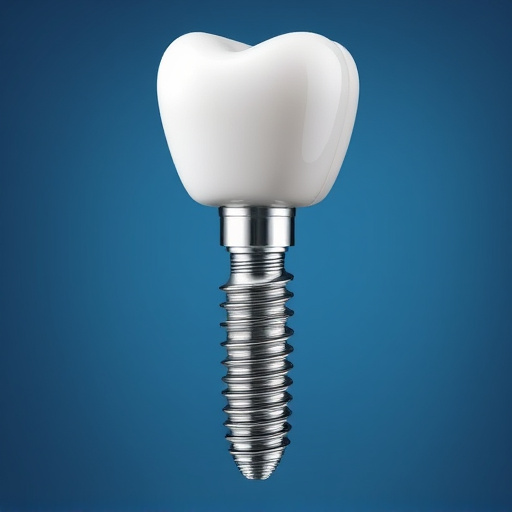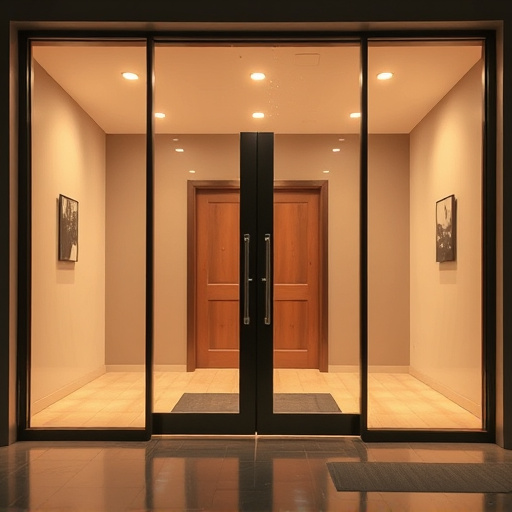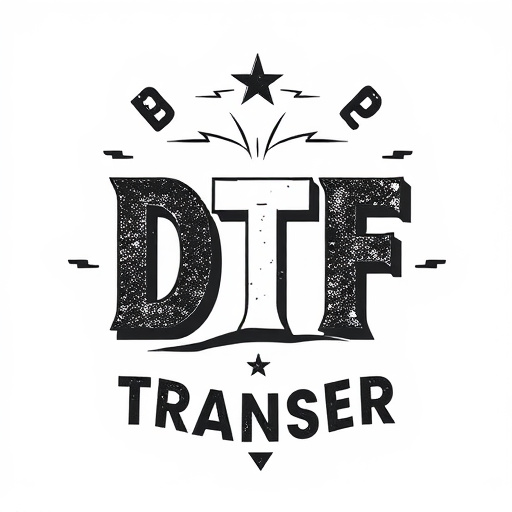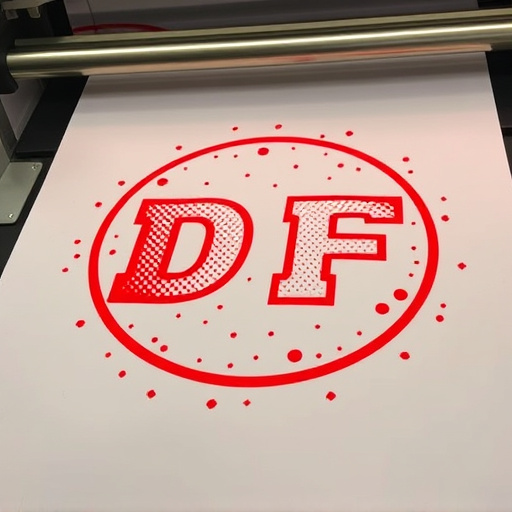Direct-to-Film (DTF) technology offers unparalleled printing durability and detail for diverse media. By eliminating intermediate rollers or plates, DTF directly applies ink to substrates, preventing wear and enhancing longevity. This method is ideal for art reproduction, advertising, and decorative pieces due to its resistance to fading, scratching, and extreme weather. Premium DTF transfers are suitable for both indoor and outdoor use, maintaining vibrancy and clarity for extended periods. The process involves cutting-edge materials, techniques, and printing technologies that ensure precise detail capture and a strong bond with substrates. DTF's versatility allows for complex design reproduction, making it perfect for signage, art installations, and wayfinding signs that demand superior quality and longevity. Future-proofing through proper curing and storage ensures DTF prints maintain their crispness and vibrancy over time.
“Experience the future of printing with premium direct-to-film (DTF) transfers—a revolutionary technology redefining durability and detail. This article explores the multifaceted benefits of advanced DTF for long-lasting, crystal-clear prints. From understanding the fundamentals of DTF to uncovering cutting-edge materials and techniques, we delve into the process, its applications across industries, and essential preservation methods. Discover how DTF printing ensures future-proof, high-quality imagery that stands the test of time.”
- Understanding Direct-to-Film (DTF) Transfers: A Revolution in Print Quality
- The Advantages of Premium DTF for Longevity and Clarity
- Unlocking Durability: Materials and Techniques Behind Superior DTF Transfers
- From Screen to Substrate: Optimizing the Printing Process for Detailed Prints
- Applications of High-Quality DTF: Enhancing Industries with Crisp, Long-Lasting Imagery
- Ensuring Future-Proofness: Preserving DTF Prints Through Proper Curing and Storage
Understanding Direct-to-Film (DTF) Transfers: A Revolution in Print Quality

Direct-to-Film (DTF) transfers have revolutionized the printing industry, offering a significant leap in both durability and detail for various media types, from canvas to metal. Unlike traditional printing methods that rely on intermediate rollers or plates, DTF directly applies ink onto the substrate, eliminating potential wear and tear caused by these intermediate steps. This innovative approach ensures that every intricate detail and vibrant color from the original source is captured with remarkable precision.
DTF printing boasts superior durability due to its direct contact with the surface, creating a strong bond that withstands fading, scratching, and even extreme weather conditions. Whether it’s for art reproduction, advertising signage, or decorative pieces, DTF transfers deliver exceptional quality and longevity. This technology has truly transformed the way we think about print, making it a top choice for those seeking not just high-quality prints but also long-lasting, vibrant artwork.
The Advantages of Premium DTF for Longevity and Clarity

Premium direct-to-film (DTF) transfers offer a host of advantages when it comes to longevity and clarity. The superior durability of these transfers ensures that prints retain their vibrancy and crispness for extended periods, making them ideal for both indoor and outdoor applications. This is particularly beneficial for businesses looking to make a long-lasting impact with their signage, banners, and decorations.
In terms of clarity, DTF printing delivers exceptional detail and precision, allowing for high-resolution images and text that remain sharp even when enlarged. The process involves transferring ink directly onto the film, resulting in vivid colors and precise line work. This level of clarity is crucial for effective communication, whether it’s showcasing a product, promoting an event, or displaying important information, ensuring that viewers can easily comprehend the message conveyed.
Unlocking Durability: Materials and Techniques Behind Superior DTF Transfers
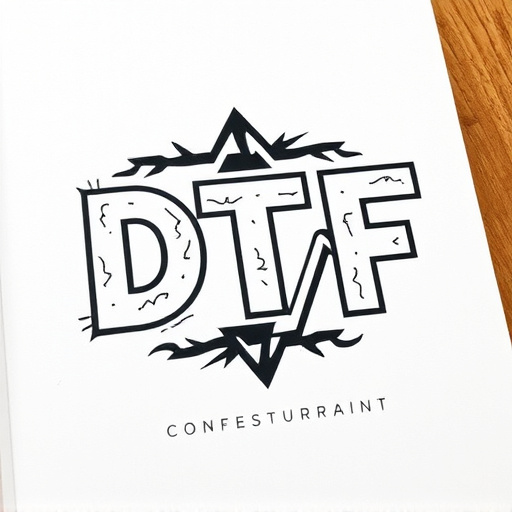
Unlocking Durability: Materials and Techniques Behind Superior DTF Transfers
Direct-to-film (DTF) transfers have revolutionized printing, offering a level of durability and detail that was previously unattainable. The secret lies in the materials and techniques employed to create these prints. High-quality films, engineered with robust polymers and UV stabilizers, form the foundation by providing an extra layer of protection against environmental factors like sunlight and moisture.
Advanced printing technologies, such as precision inkjet printing, play a pivotal role in achieving superior DTF prints. These methods ensure intricate details are captured accurately, while specialized inks formulated to bond strongly with the film surface enhance longevity. The result is a print that maintains its vibrancy and integrity over extended periods, making it ideal for both indoor and outdoor applications.
From Screen to Substrate: Optimizing the Printing Process for Detailed Prints

The journey from screen to substrate is a meticulous process designed to produce the most detailed and durable DTF Transfers. It begins with careful preparation of the screen, where precision settings ensure optimal ink deposition during printing. Each element of the design—from fine lines to bold contours—is rendered accurately on the substrate, preserving the artist’s vision.
The DTF Printing process involves a series of precise steps to achieve exceptional results. High-resolution prints are achieved by using advanced screens and inks, ensuring every detail is captured. The final step focuses on curing the ink, making it permanently bond to the substrate. This careful optimization guarantees that DTF Prints maintain their vibrancy, clarity, and longevity, creating a visually stunning experience for viewers.
Applications of High-Quality DTF: Enhancing Industries with Crisp, Long-Lasting Imagery
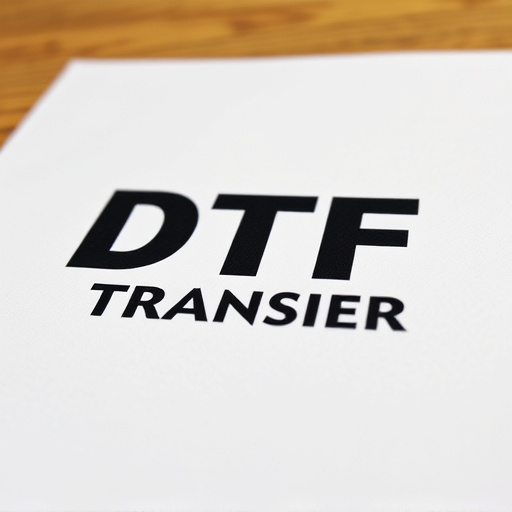
High-quality direct-to-film (DTF) transfers are revolutionizing various industries by delivering crisp, long-lasting imagery that was once impossible to achieve with traditional printing methods. DTF Printing offers an unparalleled level of detail and durability, making it ideal for applications ranging from signage and advertising to art installations and museum displays. The versatility of DTF Transfer allows for the reproduction of complex designs and photos with stunning accuracy, ensuring that colors remain vibrant and fine details are not compromised.
In the world of visual communication, DTF prints stand out for their ability to withstand outdoor conditions, resist fading, and maintain their sharpness even under intense lighting. This makes them perfect for wayfinding signs, billboards, and promotional banners that demand to be seen from afar. Moreover, DTF Transfer’s superior adhesion ensures that images adhere firmly to various substrates, whether it’s a curved surface, glass, or metal, enabling creative professionals to push the boundaries of what’s possible in design and display technology.
Ensuring Future-Proofness: Preserving DTF Prints Through Proper Curing and Storage
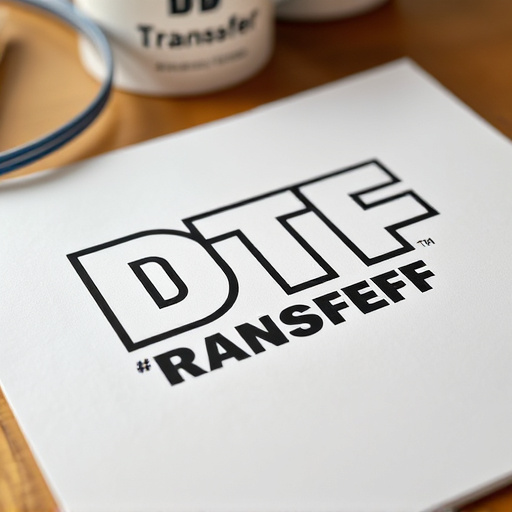
In the realm of direct-to-film (DTF) transfers, future-proofing your prints is paramount to ensuring their longevity and vibrancy. The process of proper curing is instrumental in achieving superior durability. During curing, the DTF ink undergoes a chemical reaction that solidifies it, enhancing its resistance to fading and damage. This step is crucial, especially for outdoor applications where prints are exposed to varying weather conditions.
Storage plays an equally vital role in preserving DTF prints. Ideal storage conditions include controlled temperature and humidity levels, along with protection from direct sunlight and abrasive surfaces. Archival-quality materials and frames can safeguard your DTF prints, ensuring they remain crisp and vibrant for years to come. By adhering to these practices, you safeguard the integrity of your DTF transfers, allowing them to stand the test of time and continue to captivate viewers long into the future.




